Life on the Streets: 10 Lessons I Learned From the Homeless
Life on the Streets: 10 Lessons I Learned From the Homeless
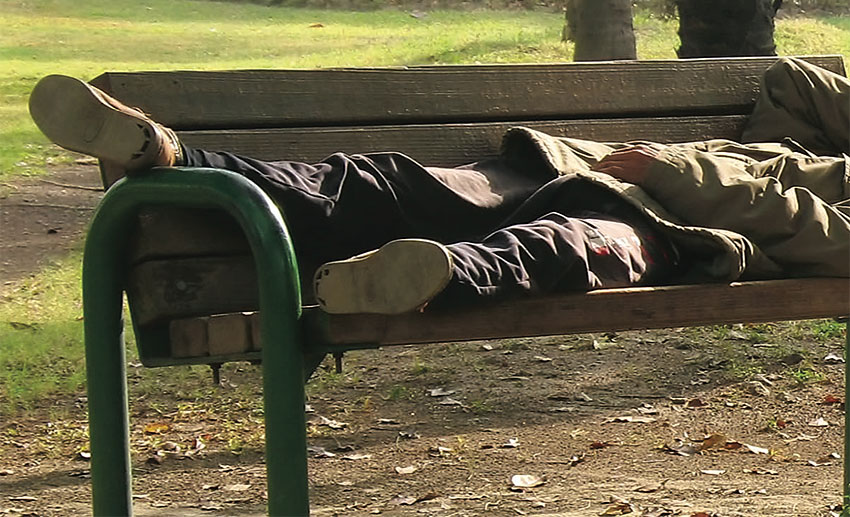
I’ve discovered that the people who happen to be homeless have some knowledge and experience that’s useful to learning to survive the “mean streets.” After many conversations with those living on the streets and quite a bit of observation time, I’ve come up with a list of lessons that are useful when evading danger and surviving in a Darwinian world. Here are 10 of my favorites.
Resources
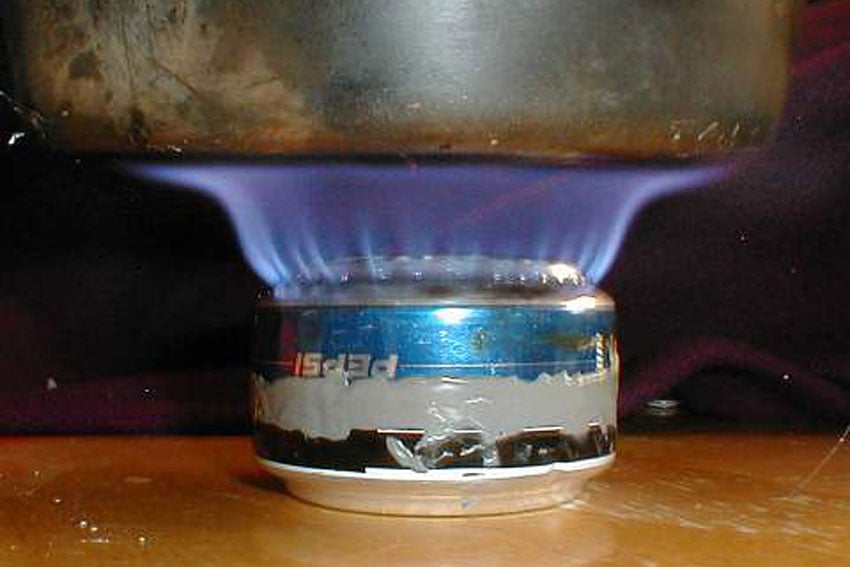
Cities have abundant offerings if you know where to find them. There are places to get a free meal and opportunities to acquire resources for manufacturing gear and tools. Finding a soup kitchen or service that provides meals to the homeless is an educational experience. In America, anyone on the street who is asking for money for food is not necessarily in need of the money for food. “Ted,” a resident of the streets who became one resource for information, told me that there are free meals available at several private and government run soup kitchens in his area. One place in Santa Monica gives out bag lunches to anyone who comes by. Another shelter has indoor sit-down meals.
In a crunch, these can be useful for getting caloric needs met under normal conditions. If surviving on the streets, constructing a tool kit and gathering resources to make gear should be a high and ongoing priority. Being able to manufacture needed gear will require raw materials. “Dave,” another homeless mentor showed me an awesome shelter location in a field of tall grass. He had made a rocket stove out of discarded tin cans. His shelter was made from heavy waxed cardboard. He made a hammock from a piece of a tarp; it was ingenious and creative. It was very well hidden, rainproof and had a great stove and a decent bed. Alleys and dumpsters are sources for things of value to someone on the street. Most people would be surprised at how resource rich the city is for the “MacGyver-minded.”
Lock Picks
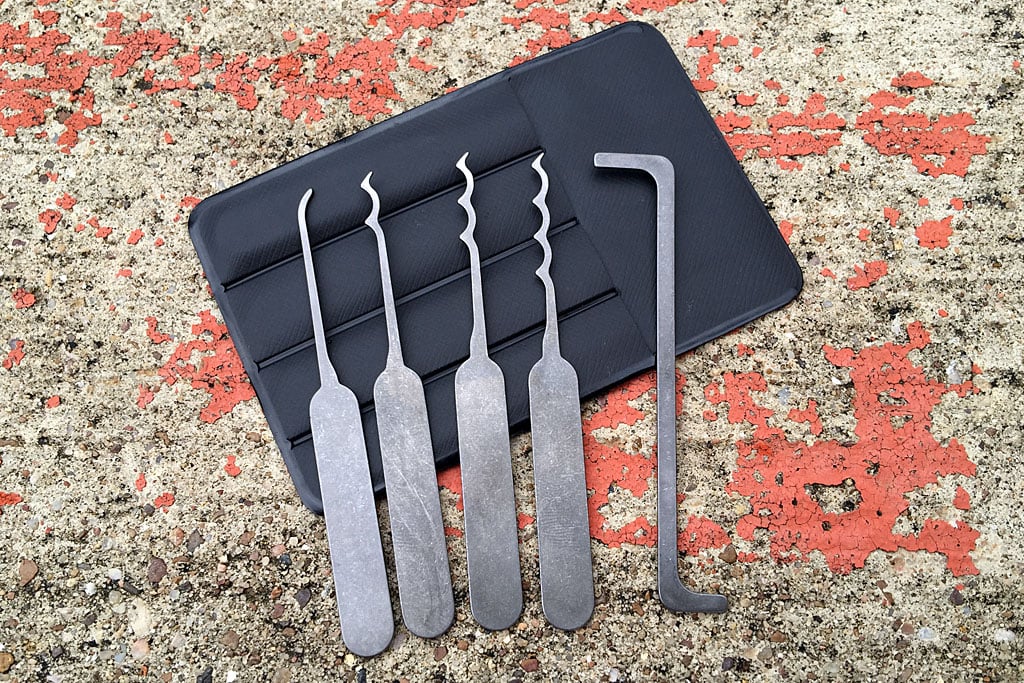
One of the most essential skills/tools for urban survival is a good lock pick set and the skills to use it. This gives you access to many places that may not otherwise be available. Students of mine once found refuge in an abandoned factory. The door was locked with a chain and padlock, which was picked and then reversed with the lock on the inside for security sake. Dumpsters in the city are often locked, making dumpster diving a challenge.
Being able to open the locks and access the contents of a dumpster is very helpful. “Ted” said he used lock picks routinely, but did not carry the picks with him because he was afraid of how that would look if he were to be stopped by police. He had them cached near his shelter, so he could used them to open a lock on a fence that allowed him access to his hidden shelter.
Police Interaction
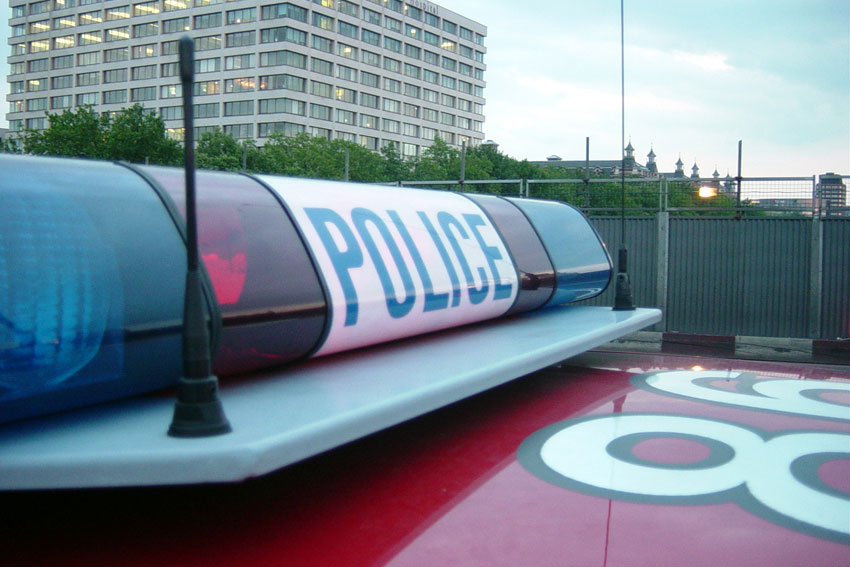
Police spend a great deal of time dealing with homeless people who may be addicted to drugs and alcohol, or are mentally ill. Most of those interactions are not positive from the police officer’s perspective. Therefore, you can count on them eyeing anyone who does not appear to have a place to live with suspicion. Dave’s recommendation is to avoid placing yourself in a situation where interaction is possible.
Students have been rousted from sleep locations that were known to the police on more than one occasion. Not enough care was taken in hide selection. Once you are in this situation, you are at the mercy of their discretion in deciding what actions to take. Avoidance is the best policy. Not doing things that raise suspicion is the best strategy. Make a habit of mentally noting observers, cameras and good observation points without drawing attention to yourself and the movements of your head.
Food is Tricky
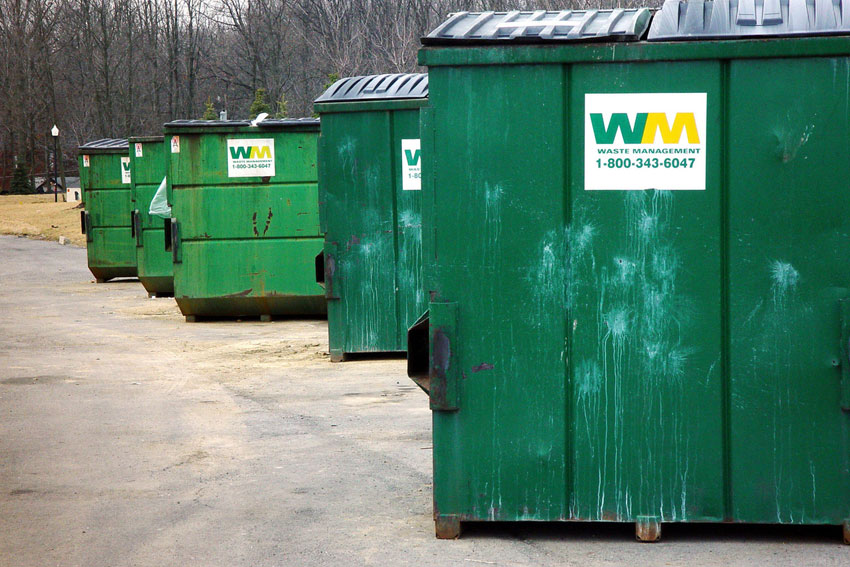
Any homeless person going hungry is not taking advantage of the available resources. “Michael” gave one student a tour around Santa Monica, CA. He took him past a convenience store that places food in the dumpster that’s past the freshness standards for the store, but not food that is dangerously old. Michael showed him a dumpster behind a grocery store where less-than-fresh produce was discarded. Again, not spoiled, but not up to the store standard. He also found cans of food where the “Best if used by” date had passed. None of the cans were spoiled, they just could no longer be sold.
My teenage son once said that every time you open the fridge to look for something to eat, your standards for acceptable food drops. The same thing is true with missing meals. I would caution against lowering your standards unnecessarily. Under normal circumstances in America and other developed nations, there is abundant food available without having to resort to eating scraps from the garbage can. One student, who was a vegan, ate vegan food by raiding the dumpster behind a health food store. The dumpster was locked, but he gained access and found many healthy opportunities to eat.
Hygiene is Essential
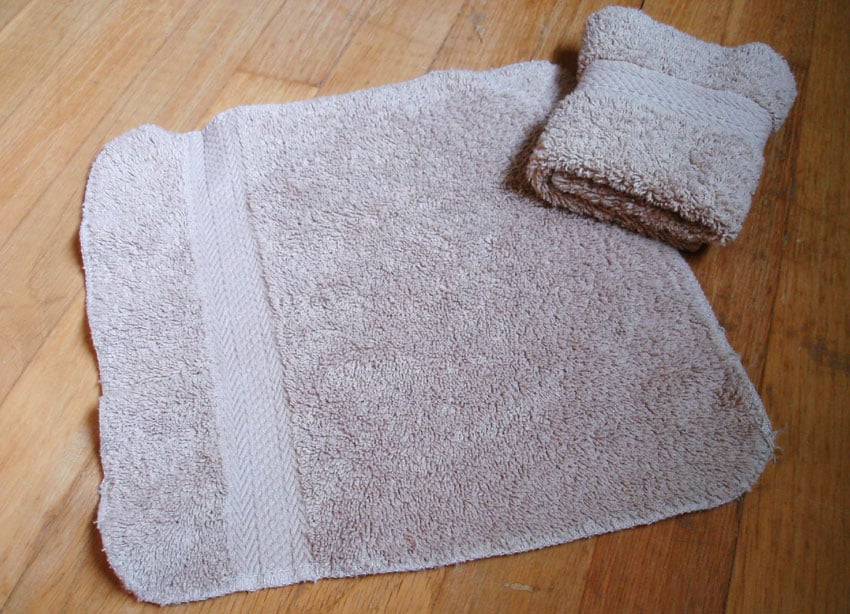
One of the things observed in interaction with homeless people is that taking care of one’s body is often a low priority. Poor hygiene leads to complications later, like fungal infections, rashes and sores. I witnessed paramedics removing the socks of a homeless man and the top layer of his skin came off both feet. Another individual told me he refuses to go to shelters for fear of acquiring a drug resistant strain of Tuberculosis. Good hygiene is critical to good health and “crotch rot” is definitely something you want to avoid in any environment.
“Bob” was on the street simply because he had lost a job, gotten evicted and had nowhere else to go. A shelter wasn’t an option because he had a dog. Bob slept on the street every night, but other than that, you wouldn’t know he was homeless. He had a part time job and that allowed him to take better care of himself. He got up, groomed himself, went to work, came back to the street, where he foraged for food and then eventually went to sleep in a very original hide location. He washed in restrooms using a washcloth to take a sponge bath. He used deodorant, brushed his teeth and generally took care of his hygiene. He washed his clothes in a sink and line dried them. It was very hard to peg him as homeless.
Water

Finding sources for water is straightforward. Finding water that is safe to drink may be a bit harder. I watched a homeless person lower his face into a fountain on the 3rd Street Promenade in Santa Monica and drink deeply. His system might handle that, but most of us wouldn’t fare well. Bob showed me a water faucet Sillcock Key he carried that allowed him to turn on faucets with the handles removed. This very small and inexpensive piece of gear became a part of my everyday carry.
Discarded water bottles make good canteens. After I drink a 32oz Gatorade, I save the bottle. Otherwise, I would have to sterilize any bottle I found.
Safety in Numbers
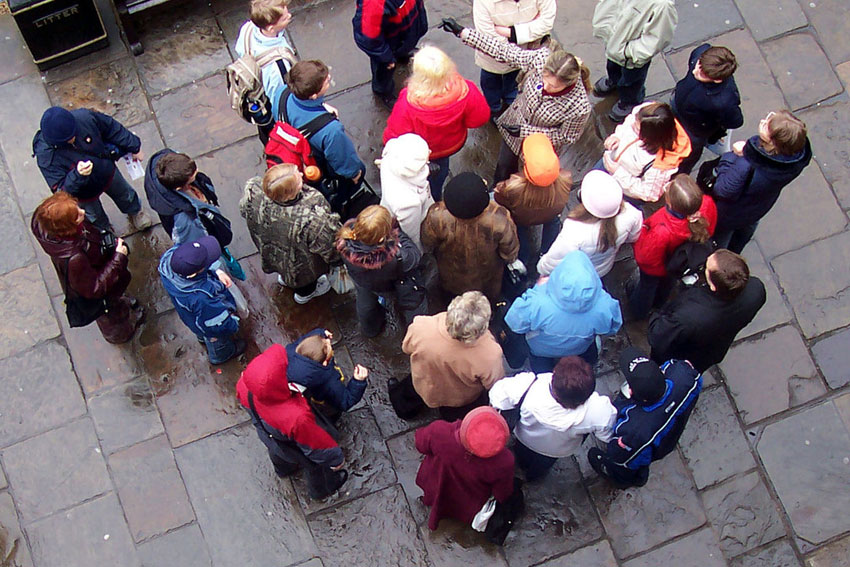
I require students of some classes to sleep in a group of three and have a watch during the night. In LA, it’s sufficiently dangerous to sleep on the street at night that many choose to wander the city at night and sleep during the day. There is a large amount of predation among the homeless population. Individuals outside the norms of society are often seen as easier targets and more isolated from assistance. We encountered a group of five guys who had formed a team. Every night, they met up and went together to an improvised shelter area. They did not keep watch, as they found it less necessary with the size of their group.
In the book Defiance, author Nachama Tec describes a Jewish refugee camp hidden in the forests of the Ukraine during WWII. To avoid being sent to German death or slave camps, three Bielsky brothers hid 1,200 Jews. They discovered in the process that their larger camp fared better than the other smaller ones, which tended to be overrun and struggled to provide necessities. The Bielsky camps benefited from economy of scale that succeeded in making survival and protection easier in their time and place. Anywhere in the world, the appearance of vulnerability invites aggression. Consider forming a small team to increase the odds of personal safety.
Cache Locations
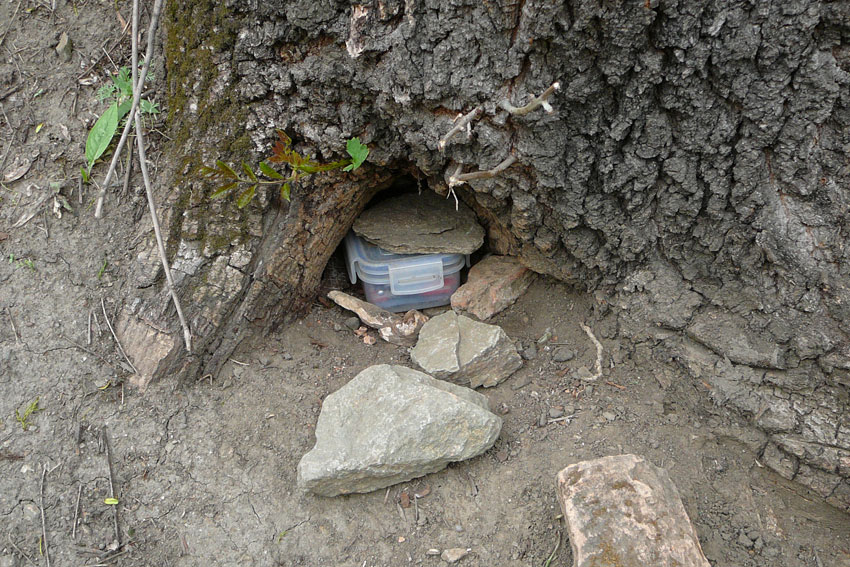
Unless you want to be one of the homeless guys who pushes a shopping cart loaded with treasures, you’ll need to become an expert at caching your belongings. One team in a class spent the day gathering resources for their night in the city. They had cardboard, cans and food. They placed their supplies in a cache while they continued to gather. When they returned, all of their stuff, including the shopping cart was gone. They saw the cart later, with their collection, being pushed by another homeless guy. Their cache location was so obvious that every homeless person knew where to look.
“If it seems like a good cache location, someone else probably knows about it,” Ted explained. Ted showed the class members a perfect cache location, but it required them to pick a lock. He showed them several other locations, but explained that he had seen other people’s stuff in every one of them. Losing your gear because you were too lazy to secure it is a royal pain. Take the time.
Shelter
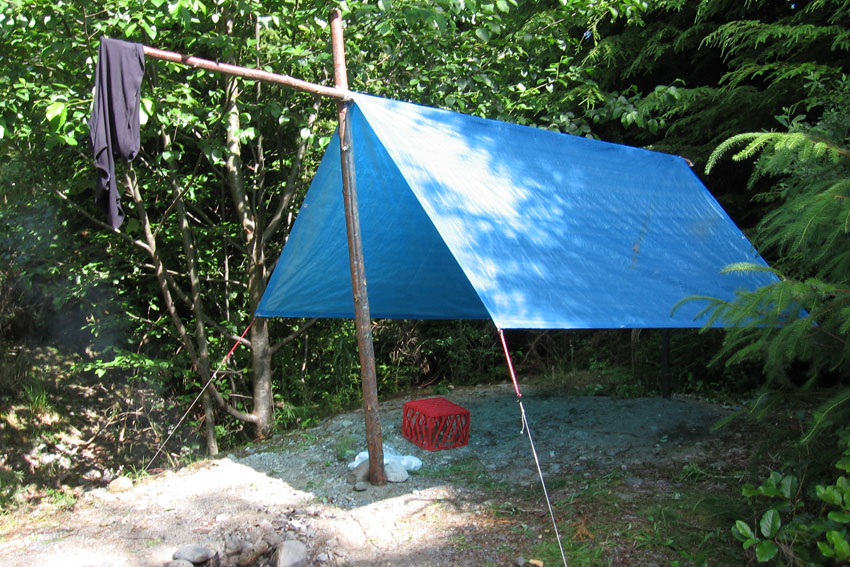
One of the most important concepts is creating a secure shelter. I have seen some truly outstanding shelters. One class found a park with some great trees, lush with foliage for concealment and high branches. They made hammocks out of tarps and slung them 30 feet up in a tree. Of course, we had safety lines attached to the students so they couldn’t fall out of the trees, but these trees were a perfect clandestine location. The tarps were brown and blended in well and people infrequently look up.
One student found a great shelter on top of a utility shed next to a high rise. He was protected from view by trees and a parapet around the shed. Once in place, he was literally invisible. He had to climb a nearby tree to drop onto the rooftop, so no one else bothered him. It was the exception to the team of three rule because the location was so secure. Finding a secluded place to rest is not only essential to your security, it’s important for your health.
Panhandling Sucks
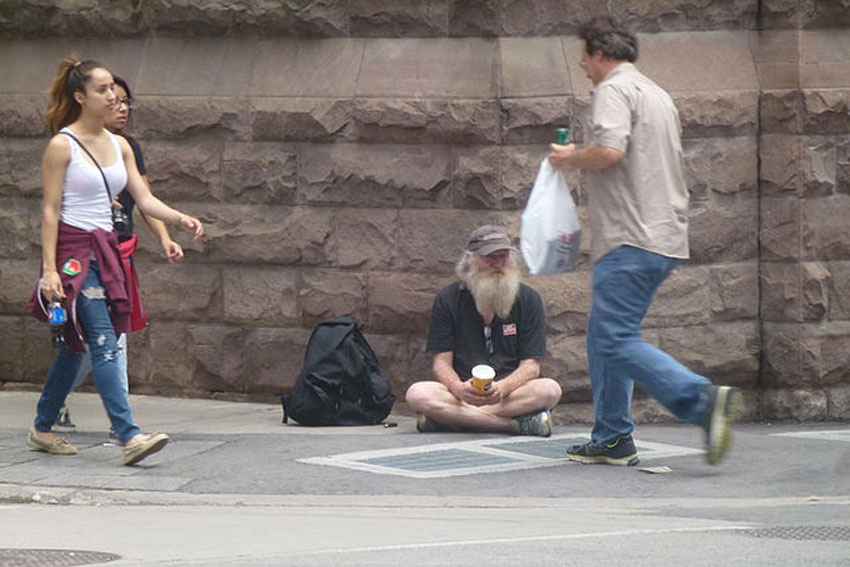
One of the hardest things most homeless people report to us is the difficulty and futility of panhandling. It’s the only means of support for many of them, so they do it, but they don’t like it. To complete the experience and overcome a wide range of challenges and inhibitions, advanced class students are required to ask for money. One student described how this brought about a fundamental paradigm shift for him. Up until then, all of the activities in class seemed more or less just practical exercises.
However, getting to the point where he had to ask others for money was transformational for him. He learned empathy and understanding of the level of humiliation required to stand like a homeless person and ask strangers for money. That, he said, made everything very real. He struggled with the exercise, but he understood why it was important. It helps students appreciate that taking action and building survival skills is better than panhandling. The bottom line is, if you’re at the point where you have to panhandle, you’ve failed as a survivalist. You should be able to make it without money or do something in exchange for money (i.e. work.) Panhandling and being dependent on the charity of others is its own stressor.
The homeless who live on the street are survivors. They have acquired skills and strategies to stay alive in hostile environments. They can be a very valuable resource and we can learn from their successes and their failures. You’ll probably learn that you do not want to put yourself in a position to have to beg. Keep the initiative. Keep moving.
Editor-in-Chief’s Note: Kevin Reeve is the founder of onPoint Tactical, training professionals and select civilians in urban escape & evasion, urban survival, wilderness survival, tracking and scout skills. I’ve personally taken onPoint Tactical’s Urban Escape & Evasion class and highly recommend it as a resource!






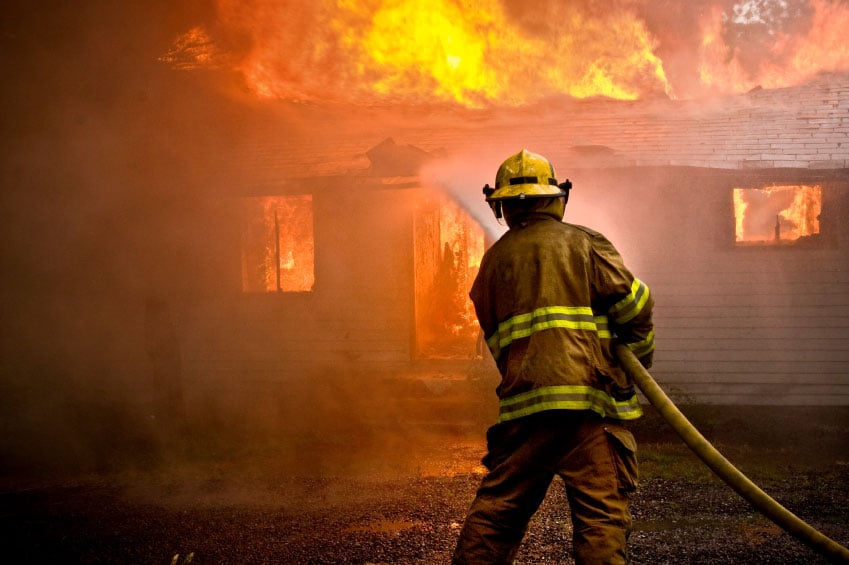




Discussion